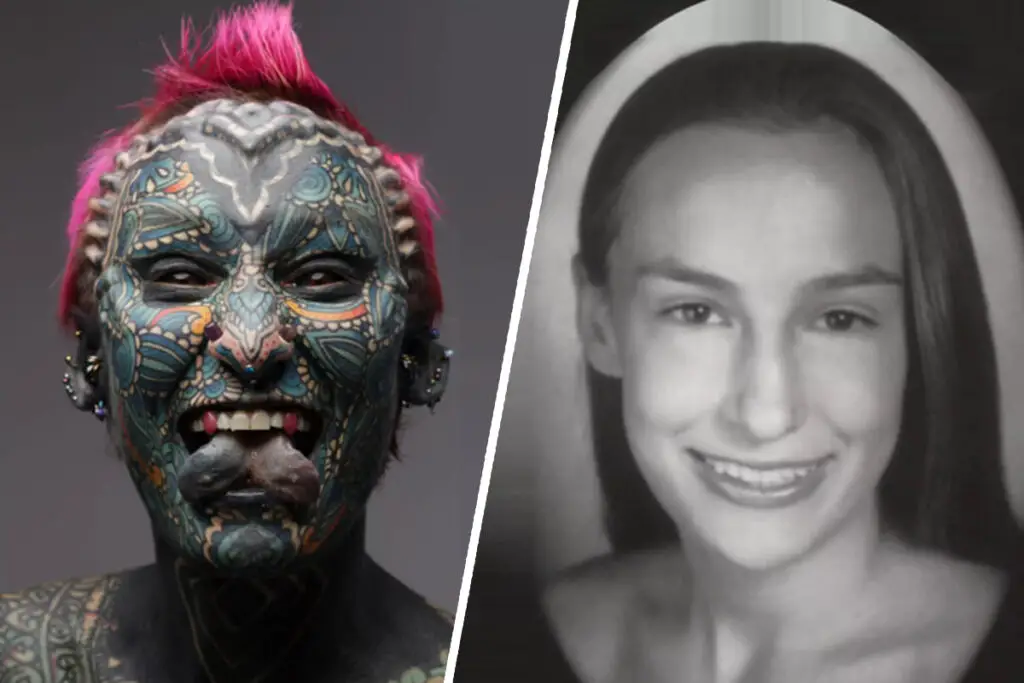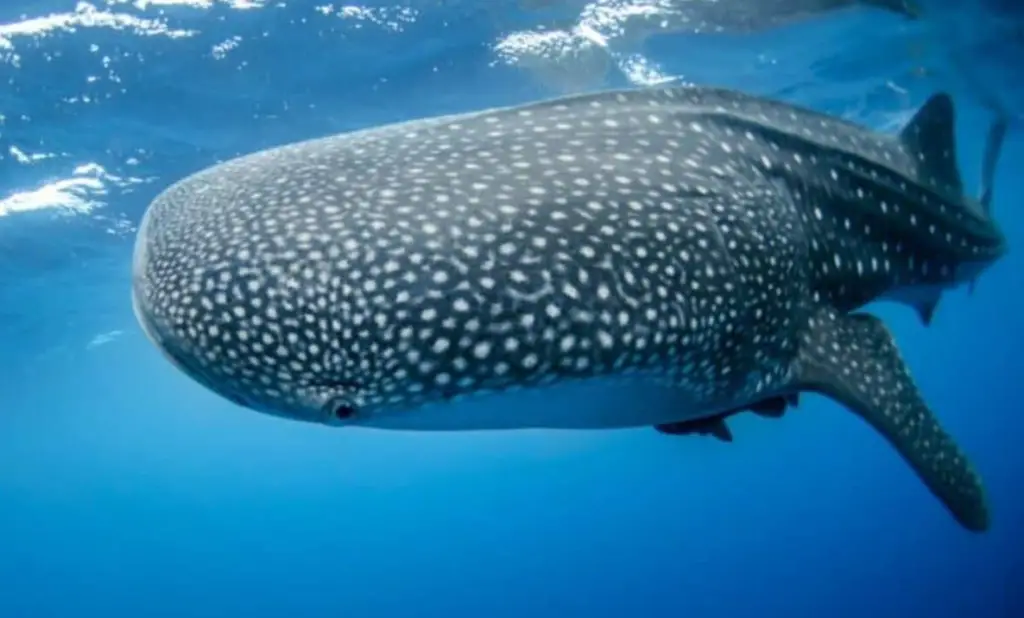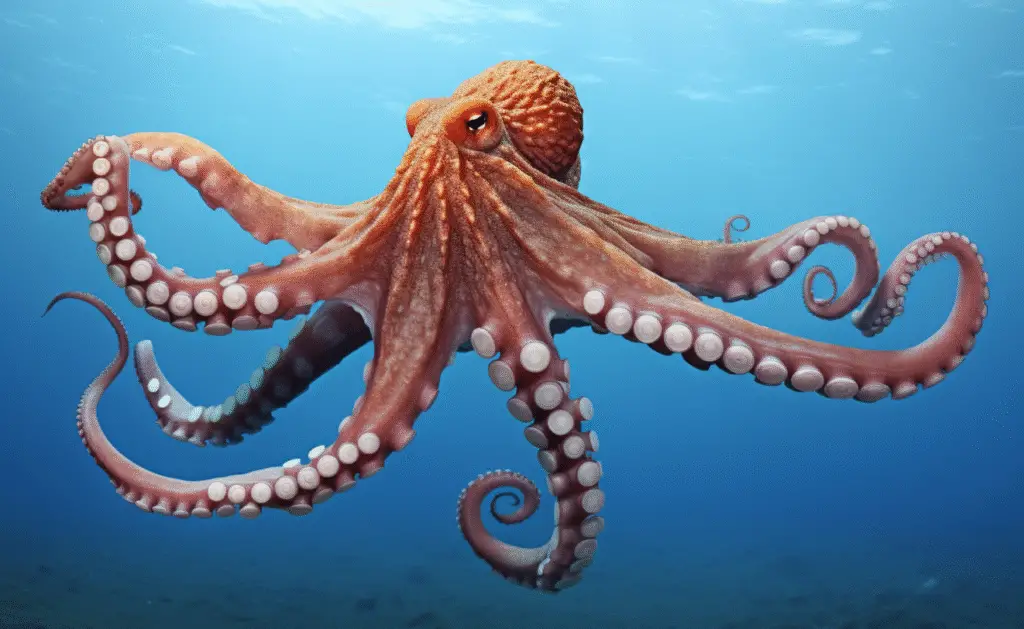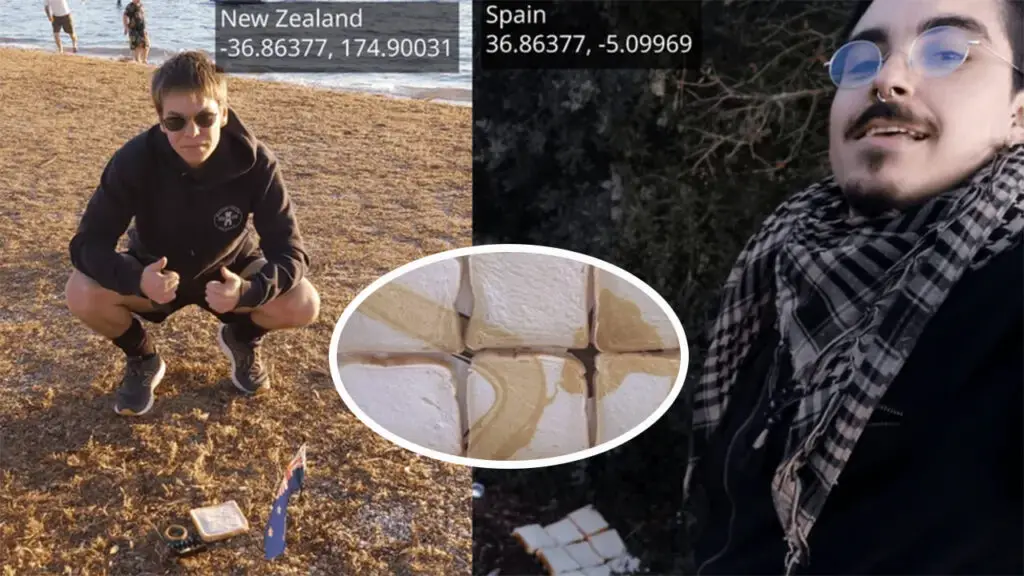Riding the Crest of Fame: The Enduring Legacy of Hokusai’s Great Wave

Hey there, art lovers! You know that wave emoji on your phone—the one that looks like it’s about to crash over everything? That’s Katsushika Hokusai’s The Great Wave off Kanagawa, or as I like to call it, the rock star of Japanese art. Created between 1830 and 1832 during Japan’s Edo period, this woodblock print, officially titled Under the Wave off Kanagawa, is part of Hokusai’s Thirty-Six Views of Mount Fuji series. Measuring just under 15 inches wide and 10 inches high, it’s smaller than you’d expect for something so iconic. So, what’s the deal with this tiny print that’s on everything from scarves to tattoos? Let’s dive into its story and some lesser-known facts.
A Small Print with a Big Impact
Picture this: you walk into the Montreal Museum of Fine Arts, expecting to see a massive Great Wave dominating the wall. Instead, you find a print smaller than a standard piece of printer paper. It’s kind of shocking, right? But that’s part of its charm. Hokusai packs so much drama into this compact space—three boats struggling against a towering wave, with Mount Fuji chilling in the background. It’s like he’s saying, “Nature’s in charge, and we’re just trying to hang on.” That perspective, with Fuji dwarfed by the wave, is pure genius and makes you feel the ocean’s power.
The Blue That Changed Everything
Let’s talk about that blue. The wave’s vibrant, almost electric hues come from Prussian blue, a pigment that was a big deal back then. Discovered by accident in 1705 by a Swiss pigment maker, Johann Jacob Diesbach, it was a stable, vivid blue that didn’t fade like older pigments made from crushed lapis lazuli. By the early 1800s, it hit Japan’s art scene, and Hokusai jumped on it. But he didn’t just slap it on; he layered it with traditional indigo for a nuanced, almost 3D effect. The Metropolitan Museum of Art’s analysis shows this mix created the wave’s dynamic movement. It’s like Hokusai was painting with the ocean itself.
From Street Stall to Global Icon
Here’s a wild fact: when The Great Wave first hit the streets, it wasn’t considered “art” in Japan. Ukiyo-e prints, which depicted everyday life, actors, and landscapes, were like the posters of their day—cheap, mass-produced, and often tossed out. Estimates suggest 1,000 copies were printed initially, with up to 8,000 total, but only a few hundred survive today. Why? Because people didn’t treat them like treasures. That changed in 1859 when Japan opened its ports to the West. Suddenly, ukiyo-e became exotic souvenirs, and The Great Wave rode that wave (pun intended) to fame. Earlier this year, a pristine copy sold at Christie’s New York for $2.76 million—way more than the original price, which was about the cost of a bowl of noodles.
Hokusai’s Life: A Name-Changing, Art-Making Machine
Hokusai was a legend. Born in 1760 in Tokyo (then Edo), he started painting at six—six! By 14, he was apprenticing with a woodcarver, and at 18, he joined the studio of Katsukawa Shunshō, a top ukiyo-e artist. His first prints, featuring Kabuki actors, came out in 1779. In the 1790s, he started experimenting, blending Japanese styles with European techniques he saw in French and Dutch engravings. Over his 70-year career, he produced over 30,000 works and used more than 30 names, like Shunro, Taito, and Gakyojin (“Old Man Mad about Drawing”). He adopted “Hokusai” around 1800, and it stuck. These name changes help scholars track his evolution, but honestly, it’s just cool that he reinvented himself so often.
A Bridge Between East and West
The Great Wave didn’t just stay in Japan—it changed Western art. In the 19th century, Europe went nuts for Japanese culture, a craze called Japonisme. Artists like Claude Monet painted his wife in Japanese garb (Camille Monet in Japanese Costume, 1876), and Mary Cassatt’s etchings, like Maternal Caress (1890–91), echoed ukiyo-e’s flat colors and lines. But the big one? Vincent van Gogh. He collected Japanese prints and wrote to his brother Theo about Hokusai’s waves feeling like “claws.” Some art historians, like Martin Bailey in 2018, see parallels between The Great Wave and van Gogh’s The Starry Night (1889), with their swirling blues and dynamic compositions. It’s like Hokusai gave van Gogh a creative nudge across continents.
Why It Still Matters
Today, The Great Wave is everywhere—t-shirts, phone cases, even as an Apple emoji. Its universal appeal comes from its raw depiction of nature’s power and human vulnerability. As a surfer named Fiona told the National Gallery of Victoria, the wave’s energy draws her in, while artist Min loves its color and design. Wayne Crothers, an NGV curator, says it reflects “humanity’s fragile existence within nature.” For me, it’s a reminder that even in our tech-driven world, nature’s still the boss. Plus, it’s just so darn beautiful.
More Than Just a Pretty Picture
Hokusai’s clever use of perspective makes Mount Fuji, a sacred symbol in Japan, look tiny compared to the wave, emphasizing nature’s dominance. Some see the wave as a rogue wave, others as a mythical tale, but it’s not a tsunami—those look different, per the U.S. Geological Survey. The print’s influence goes beyond art; it’s a cultural bridge, blending Japanese tradition with Western innovation. Hokusai’s experiments with European perspective, seen in the wave’s depth, show he was ahead of his time.
A Legacy That Keeps Rolling
Hokusai’s impact is undeniable. His prints are in major collections, like the Metropolitan Museum of Art, the British Museum, and the Art Institute of Chicago. The Sumida Hokusai Museum in Tokyo celebrates his life, and exhibitions, like one at the NGV in 2017, keep his work alive. The Great Wave isn’t just a print; it’s a story of innovation, cultural exchange, and timeless beauty. Whether you’re an art nerd or just love a good wave, Hokusai’s masterpiece has something for you.
































